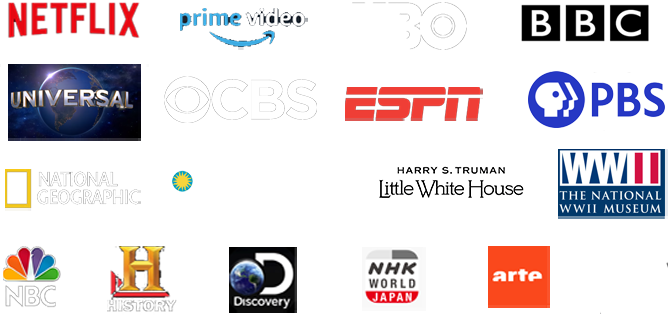Produced by Reid H. Ray Film Industries, “Aircraft Familiarization GV-1: Air Refueling Procedures” (1961) is a color U.S. Navy training film detailing, as the title suggests, the air refueling procedures of the Lockheed C-130 Hercules (GV-1) aircraft. The film covers the mechanics of the refueling system and offers instructions with corresponding footage and diagrams of how the GV-1 may refuel various aircrafts using a hose and drogue system. Featured in the film is footage of the GV-1 refueling Vought F-8 Crusaders and a Douglas A-4 Skyhawk.
GV-1 aircrafts are equipped to refuel airplanes singularly or in pairs at altitudes up to 25,000 ft and may complete refueling procedure in 3-4 minutes. The Lockheed C-130 Hercules (GV-1) is an American four-engine turboprop military transport aircraft designed and built by Lockheed.
Film opens, opening credits (0:07). Airborne Lockheed C-130 Hercules (GV-1 aircraft) (0:27). Airborne Vought F-8 Crusader (0:38). Example of airborne Lockheed C-130 Hercules refueling two Vought F-8 Crusaders; Exemplifying refueling system (0:50). Animated segment depicting wing fuel tanks and flow system in GV-1 (1:05). Interior view of fuselage tank located in middle of cargo area on cradle skid and fastened with straps (1:34). Pipe system connecting fuselage tank to greater refueling system and refueling hoses (1:52). Animated segment depicting GV-1 refuel system in case that fuselage tank removed (2:07). Aerial refueling pods under wings of GV-1; View of hydraulically operated reels that hold refueling hoses (2:54). Drogue stowage tube, ejection spring, drogue at end of hose; Couples with probe on receiver aircraft (3:12). Close-up reception coupling, locking valves within drogue (3:41). Canopy of drogue inflates as hose extended into air stream (4:10). Aft end of pod with three lights, visual aid for receiving plane (4:20). Cross-hatch diagram of aerial refueling pods and hardware that extend hoses (4:46). Aerial refueling control panel inside cockpit; Review of steps taken on typical aerial refueling operation and corresponding close-ups of control panel switches and functions (5:11). Trail position selected on reel control switch, corresponding shot of drogue extending from refueling pod (7:14). Vought F-8 Crusaders seen approaching GV-1 for refueling; Optimal closure rate to approach drogue (5-7 ft per second) (7:55). Vought F-8 engages drogue and moves into refueling range, green light indicates fuel flowing; Information on maintaining position during refueling (8:43). Refueling complete, Vought F-8 moves out of refueling range and tanker ready light turns on (10:09). Different types of aircraft may be successfully refueled: Engagement by Douglas A-4 Skyhawk (10:21). Two members of crew act as observers at paratroop doors near fuselage tank, keep pilot informed via intercom of actions of refueling planes (11:06). Receiving plane disconnect procedure: Receiver near to engagement position to minimize hose whip (11:33). Anti-collision light below GV-1 indicates to refueling plane to breakaway (12:02). Aerial refueling control panel inside cockpit; Review of steps taken by pilot to prepare for next refueling or after completion: Air refueling turned off, reel control switches to recall hoses, hydraulic pressure turned off (12:31). Procedure for extension of hose and release of drogue in case of electric power to hose reel lost; Emergency trail position (14:02). Animated cross-hatch diagram depicting release of drogue with emergency trail position in use; Return to live-action footage depicting emergency refueling (14:19). In emergency setting, hose cannot be recoiled, two options for GV-1: Flown back to base with hose trailing (15:01). Other option if GV-1 at maximum distance from base, sever hoses (15:11). Animated cross-hatch diagram depicting severing of hose using guillotine aperture (15:31). Close-up control panel switches to activate guillotine (16:13). Animation depicting what to do in case that fuel should be dumped, begin with fuel in fuselage tank (16:32). Corresponding programming on control panel (17:01). Summary of main points made throughout film with corresponding footage (17:45). Closing credits (18:50). Film ends (18:59).


